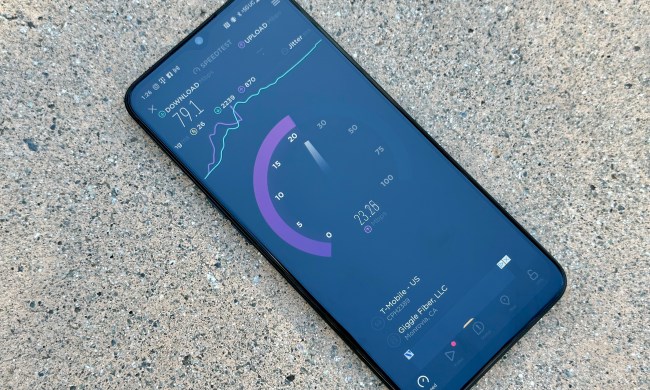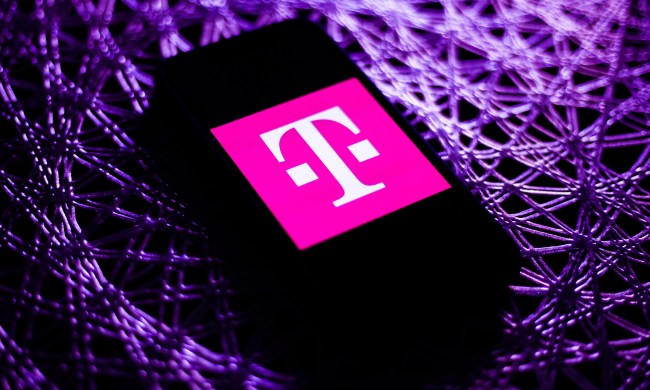T-Mobile is well on its way to finally implementing 5G. At CES 2019, the company, in partnership with Ericsson, announced that it had completed the world’s first 5G data call and video call on 600MHz. On top of that, the company also completed a 5G video call on multiple bands — 600MHz, 28GHz, and 39GHz.
More CES 2019 coverage
- Our CES 2019 Hub: The latest news, hands-on reviews, and more
- TCL is set to innovate with new mobile display technology
- Mobile audio gets an upgrade thanks to new Sonarworks apps
- Tidal’s better-than-CD MQA tracks come to Android
- Sprint will carry a Samsung 5G smartphone as soon as this summer
Both of the announcements are significant steps forward for T-Mobile’s implementation of 5G. 600MHz, for example, will be important for 5G considering it’s a lower frequency, and as such can cover much larger distances than the “millimeter wave” frequencies that
According to T-Mobile, the test is significant because of the fact that it shows how different wireless spectrums will play into 5G development. Low-band, mid-band, and millimeter wave frequency bands will all deliver
“This is a huge accomplishment for Neville and his team, who had a vision for nationwide 5G and are building it out the right way – across multiple spectrum bands,” T-Mobile CEO John Legere said in a statement. “While the other guys focus on
Once 5G is fully rolled out and available to consumers, it could deliver speeds of up to 100 times today’s typical data connection. T-Mobile’s



